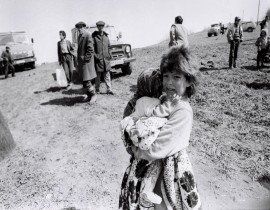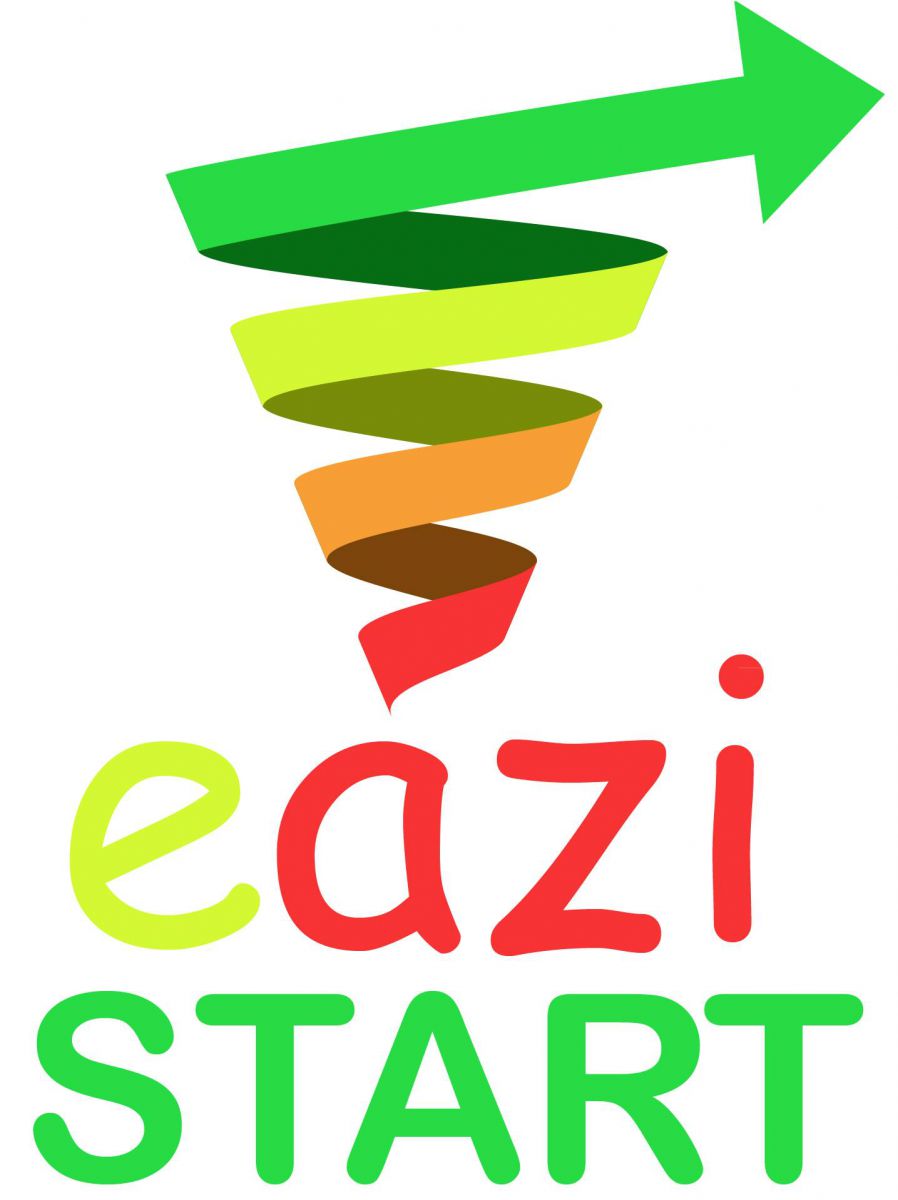Politicon.co
Protests in Iran: what changes can they bring?
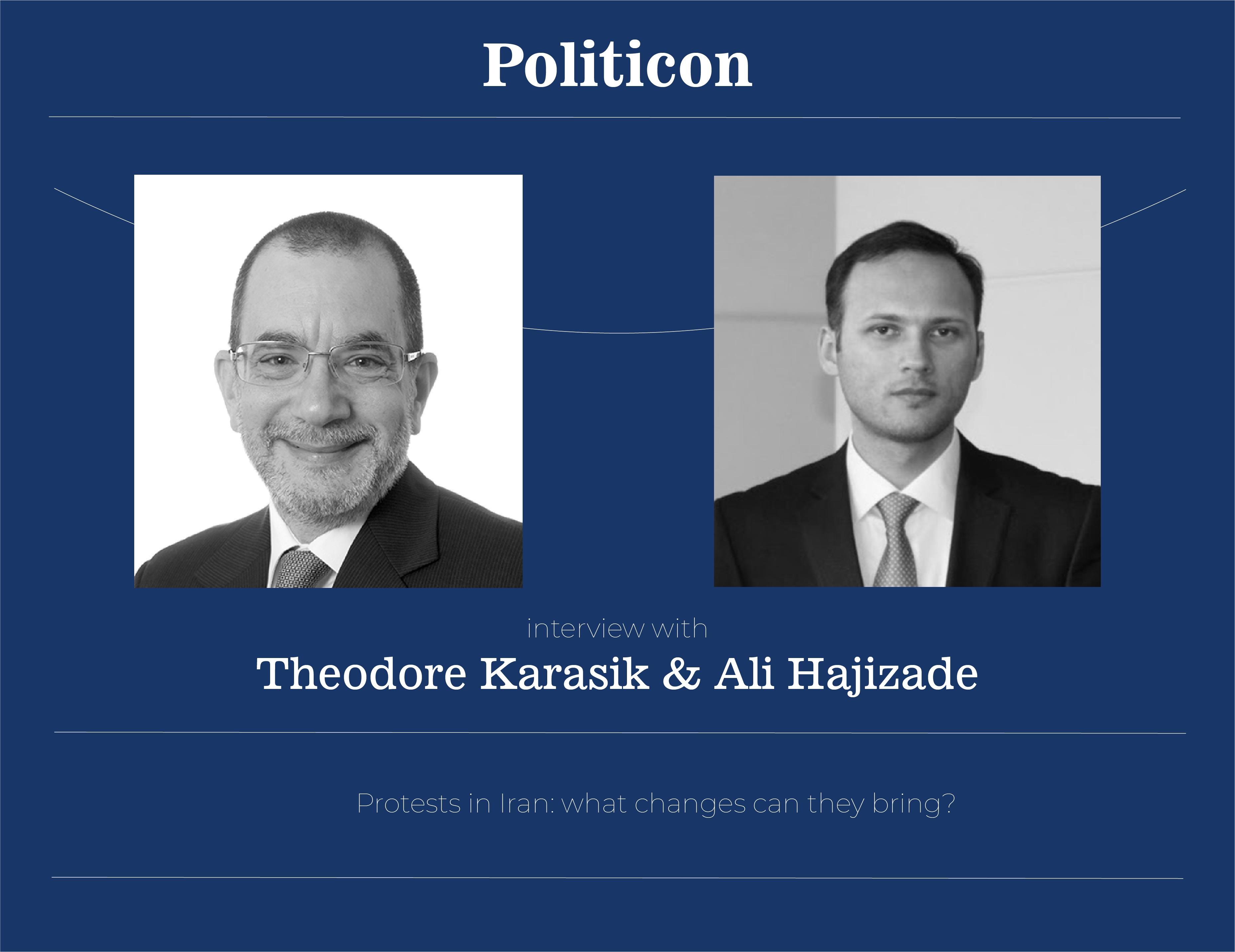
The harsh foreign sanctions that have been damaging Iran`s economy are dragging the regime to one of the hardest tests ever. Domestic protests and the government`s assertive reaction are complicating the situation day by day, with outside forces observing how it will further develop. Theodore Karasik, Senior Advisor, Gulf State Analytics and Ali Hajizade, Founder and Editor, The Great Middle East share their opinion in regard with the recent developments in Iran.
The recent demonstrations with harsh criticism against the current government and even clerical leaders due to failing economy have shaken Iran. But are they strong enough to shake the religious system Iran has built since 1979-1980?
Karasik: The protest indeed contain the formula to upset the religious system in Iran built in the early years of the revolution. Not only do the protesters target the system itself in their chants but increasingly there are voices coming from the clerical community particularly in Qom. Between the bazaari and the dissenting clerics the recipe maybe in place to upset the system.
Hajizade: Larger-scale protests took place in late 2017 and the first days of 2018 if you remember, but the regime could suppress these actions. What we see now are mainly limited enough local actions. That is why I do not think these actions can lead to the regime change in Iran. We should remember that the current regime came to authority through mass protests, which culminated in the armed seizure of power, that is why they have done their utmost over the last 40 years, not to allow anyone to take their power in this way.
These rallies coincided with women`s own protests against Islamic rules. To follow up with an earlier question, is Iran ripe in general for any domestic changes?
Karasik: Women's protests in Iran are part of a global wave of an increased attention to issues about gender equality. As women continue to protest by either dancing or taking off their scarves the issue of females in Iranian society becomes front and center along with the other issues the protesters are focusing on. The impact of the Iranian female protesters is unique to the Islamic Republic because of how gender is seen in society in general. With increasing protests the ability to express injustices becomes a key factor.
Hajizade: The issue of women’s rights in Iran has its long history: they arose even during the Shah, despite the fact that the law guaranteed them equal rights. Iranian women were protesting in 1980, right after the Islamic revolution and the protests were more massive. Today, the issue of women’s rights and their protests should be considered as a part of the general protest; women’s protest cannot change the regime, but it can rock the situation. The regime cannot make severe concessions because serious concessions over women’s rights will hit the principles of the Islamic state and regime, which officially functions according to the principles of the supremacy of religion - Velayat-e faqih.
According to some experts, the Iranian protests should please the Trump administration, which hopes the civil unrest will put pressure on Tehran. How can the domestic upheavals influence Iran`s America policy? How should the United States behave in light of domestic problems of Iran?
Karasik: The Trump Administration believes that domestic upheaval is now possible because of several factors including the ageing leadership, the poor performance of the economy and an ideology that seems to have run out of steam. Pushing this policy and narrative seeks to cause a change in Iranian behavior by forcing Iran inward. Sanctions will be crippling the economy and this is thought to bring about a fundamental change in Tehran's outlook. There are certainly other actors including Russia and China which need to be considered in this scenario because of their interest in seeing anywhere on that can deliver on its energy promises and other geopolitical considerations. Therefore, the United States needs to focus on the atmospherics of the protests and be able to measure the appropriate times to work with partners to achieve key goals during the coming months and years. It's very clear that the information war has begun and the cyberwar is likely the next.
Hajizade: Of course, the U.S. Presidential Administration and Donald Trump personally like any turbulence in Iran. Since taking office, Republicans have limited the capacities of the Iranian lobby in the U.S., which became very powerful during the Obama administration. If the protests are larger-scale and permanent, they can influence Iran’s position on the U.S., but it is difficult to say in what direction. They can make a deal or exacerbate the situation. Washington, of course, has a great temptation to use the internal discontent in Iran. However, the U.S. does not possess sufficient tools to influence the situation within Iran (only sanctions). Trump’s administration is in close contact with certain Iranian opposition figures, but, in general, they are marginalized and do not enjoy real influence in Iran.
Iran has been very active in the conflicts of Middle East in recent years. Does the domestic protest which shouts inflation and unemployment slogans reduce Iran`s geopolitical activeness or force Tehran to switch to the “rally-around-the-flag” policy to reach internal solidarity by getting involved in some more activities in the region?
Karasik: The rally-around-the-flag phenomenon is unlikely to occur according to the current trajectory. The protesters are well aware of Iran's behavior in many other theaters and they are seeking to have the regime reverse this attention abroad to problems at home. Protesters are well informed of the hundreds of millions of dollars that are being spent outside the country on militias as well as the hundreds of millions of dollars in foundations owned by the ruling clerics.
There is no doubt that crumbling infrastructure is contributing to the country's problem in terms of water supply as well as the inability to bring any type of meaningful reform or positive attribute during the past years. Iran appears to be on the cusp of major transformative change.
Hajizade: Massive resources are spent on Iran’s participation in various proxy-wars in Iraq, Syria, Yemen, plus Hezbollah, Taliban and many other military organizations. I cannot say which of these wars can rally the Iranian society. Primarily, such slogans as “My life is here, not in Palestine or Syria” can be heard in the demonstrations. On the one hand, these conflicts do not unify the people, on the other hand, the regime cannot give it up and quit the game. It will be an admission of defeat.
![]()
- TOPICS :
- Domestic affairs
- Economy
- Geopolitics
- REGIONS :
- Middle East and North Africa


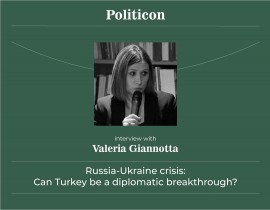
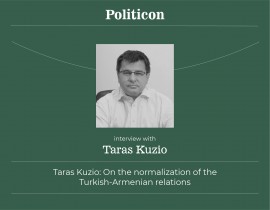


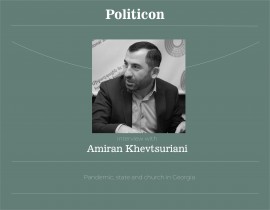

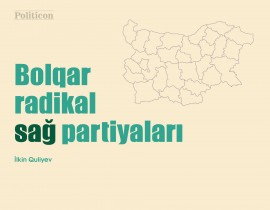
jpg-1599133320.jpg)
